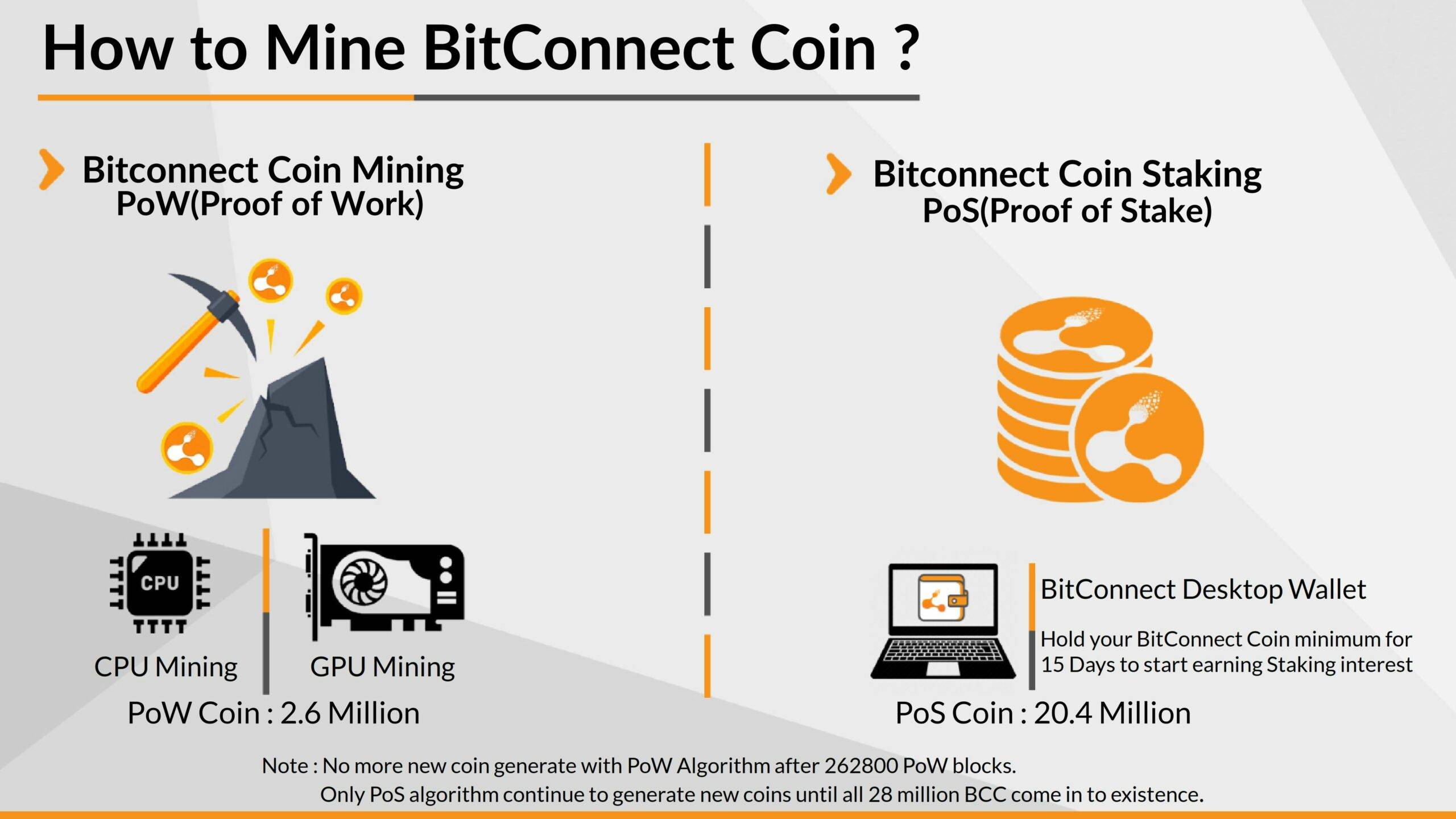Bitcoin Halving: What Was and What Will Be?

Recently, the crypto community has begun to talk a lot about Bitcoin halving, its features, date and consequences for the cryptocurrency market. This is not about the Bitcoin exchange rate, as many people think, but about the reward for each block mined. Below we are going to consider what halving is, when it is going to happen, and how Bitcoin halving affects participants of the cryptocurrency network.
What it is and how often it happens
Bitcoin halving is a natural process laid down by Satoshi Nakamoto when creating the cryptocurrency in 2009. Its essence is to reduce the reward to network participants for each block mined in the blockchain. The halving occurs every 210,000 blocks or every four years. The process will be carried out until the upper limit on the number of coins reaches 21,000,000. The estimated threshold will be reached by 2140, and the mining process will be completed.
Until today (January 28, 2020), Bitcoin halving occurred only twice. Therefore, in the first years after the development of cryptocurrency, miners received a block reward of 50 BTC. It was a golden time when everyone could mine Bitcoin using low-end computers and laptops.

The first halving occurred on 11/28/2012. By that period, the Bitcoin mining difficulty had increased, and it was necessary to use expensive equipment for mining — GPU farms. After four years, another halving occurred, which decreased a block reward to 12.5 coins (07/09/2016). At this stage, only ASIC miners or powerful GPU farms were used for mining. Cloud mining services began to gain popularity.
The next Bitcoin halving is scheduled for 05/18/2020. As a result, the block reward will fall to 6.25 BTC. Many experts predict a depreciation due to the mining difficulty and low production efficiency. However, most likely, Bitcoin will retain its position. Cloud mining services with powerful equipment will come to the forefront and provide customers with Bitcoin mining contracts.
After 2020, the BTC block reward per block will continue to fall. On May 1, 2024, and 2028, there will be a decrease to 3.125 and 1.56 coins, respectively.
Purpose of Halving
Why did Satoshi Nakamoto introduce such an option? He could do nothing and leave the block reward at the same level until all the coins were mined.
The main task of halving is to preserve the value of the Bitcoin cryptocurrency. Fiat money is known to be prone to inflation. As soon as the printing press is turned on, the monetary unit loses value and its purchasing power decreases. BTC halving is designed to maintain interest in cryptocurrency and exclude inflationary processes in the future.
Vitalik Buterin (creator of the Ethereum cryptocurrency) drew a parallel with gold reserves. He noted that the more difficult it is to mine the gold, and if there is a lack of it, the higher the price on world markets. Due to this feature, gold remains popular for many years, and the price grows even higher.
There are several other reasons why Satoshi Nakamoto was forced to put the halving process in the system:
- The limited number of coins. Bitcoin has a limit of 21 million coins. If halving were excluded, the abundance of BTC in the market would lead to lower prices.
- Protection from monopoly. Bitcoin is a decentralized blockchain system. Refusal from a halving could lead to the fact than one person could have the main part of Bitcoin. As a result, big players could radically influence the market.
- Maintaining interest. The halving process maintains an interest in the digital coin and makes it more predictable. On the other hand, many questions arise about further processes after reducing the block reward to a minimum.
Knowing what halving is and why it was introduced, the miner understands its necessity. Without halving, the Bitcoin market would have collapsed a long time ago. Here we note that the PoS does not imply a mandatory halving.

How halving affects mining
Cryptocurrency market experts and miners often discuss the effect of halving on the future of Bitcoin. The decrease in reward should adversely affect the exchange rate and reduce the activity of coin mining. The result of such actions is a decrease in mining difficulty and the possibility of mining coins using cheaper equipment.
In practice, BTC halving has almost no effect on its market position. At least that was the situation until 2020. How the market will take another halving, will be seen in summer of 2020.
Let’s consider the exchange rate behavior in past periods of halving:
- The first halving occurred on November 28, 2012. If you look at the rate of the digital coin on that day, it even grew by about 2%. In the future, Bitcoin continued to grow, and at the end of 2013, it completely exceeded the mark of $ 1,000 per coin.
- The second halving occurred on July 9, 2016. There was also no depreciation during this period. On the contrary, the price jumped from 440 to 760 dollars per BTC within a few days.

A negative trend began back in June 2019. The time will tell how Bitcoin will behave after the next halving. At this stage, the exchange rate is not jumping, with periodic price reductions and its rebound to the initial rate.
What experts say
Financiers, cryptocurrency experts, miners, and other participants, conduct many discussions about the impact of halving on the Bitcoin market. Opinions regarding the future of the digital coin differ after the third price decline. Some argue that the main powers will finally be in the hands of large companies, while others are sure that ordinary miners will retain an interest in mining.
The halving positively affects the position of Bitcoin in the cryptocurrency market. Due to the lower block reward, inflation is eradicated, and the digital currency remains highly underestimated. According to many forecasts, by May 2020, the price of BTC may rise to the level of 40-50 thousand dollars, and halving should not interfere with this process.
Investors advise not to sell Bitcoin and wait for a halving because right after it, BTC can again grow in price. However, a lot depends on the behavior of participants holding a large amount of cryptocurrency. Their buying and selling actions can shake the market and lead to strong price fluctuations.
Can halving lead to the death of Bitcoin
An analysis of the situation raises concerns that a constant decrease in the block reward triggers the so-called “death spiral.” It takes place in several stages:
- Mining difficulty is at a high level or is growing even more;
- Mining benefits are reduced;
- Miners leave the activity;
- The hash rate is reduced;
- Transaction speed increases, etc.
However, market experts are confident that everything is going to be okay with Bitcoin. The reason is that network participants perceive BTC as a long-term investment, so a block reward reduction is unlikely to affect the future of the cryptocurrency.

Summary
The current situation with halving is forcing miners to reconsider cryptocurrency mining approaches. It becomes unprofitable for many network participants to mine BTC, which is why they switch to more affordable digital coins. Another way to get a stable profit is to use cloud mining services. With this approach, you do not need to spend money on the purchase of equipment. All that is required is to choose and buy a suitable contract. As a result, the miner reduces risks and receives a guaranteed profit without regard to the exchange rate and the next bitcoin halving.

